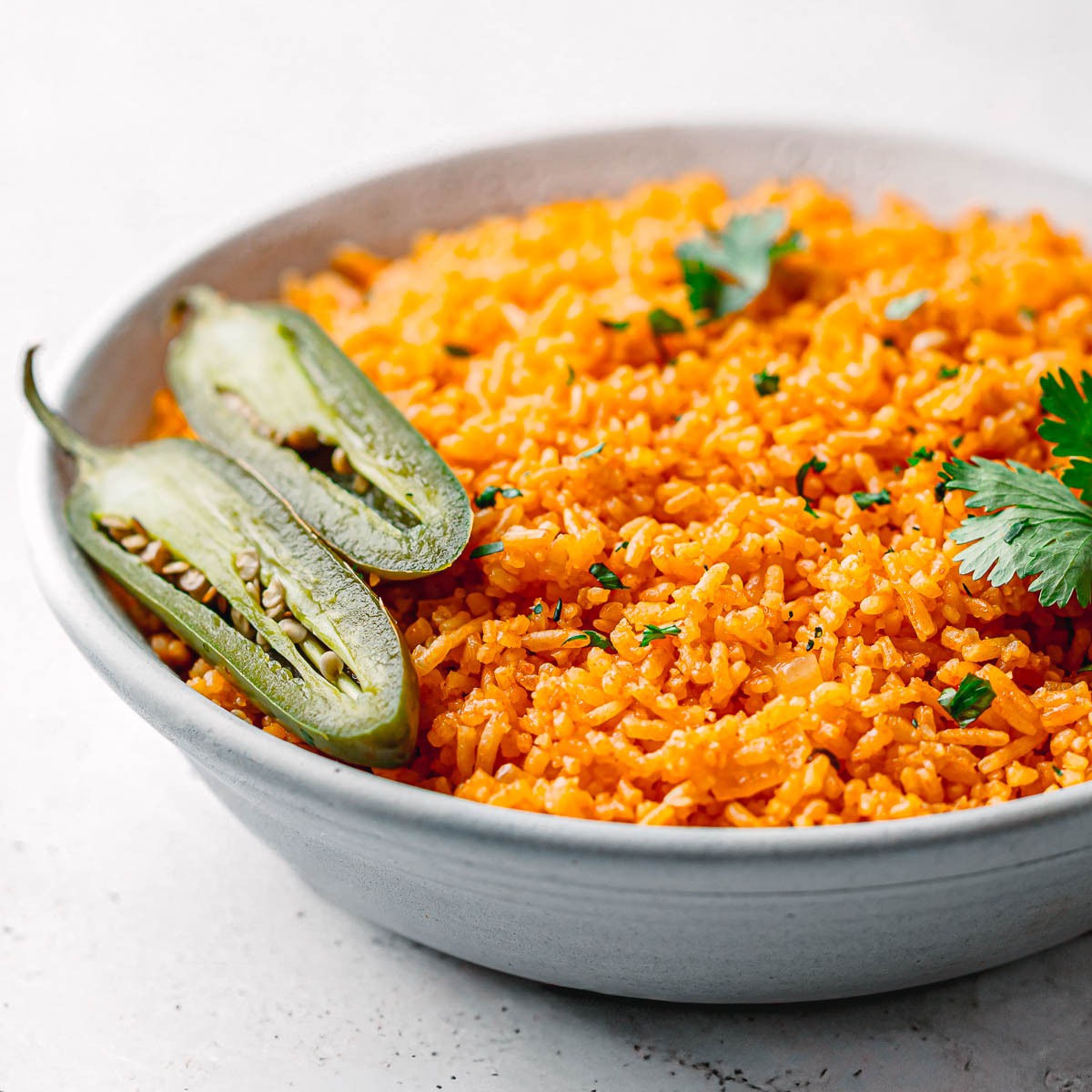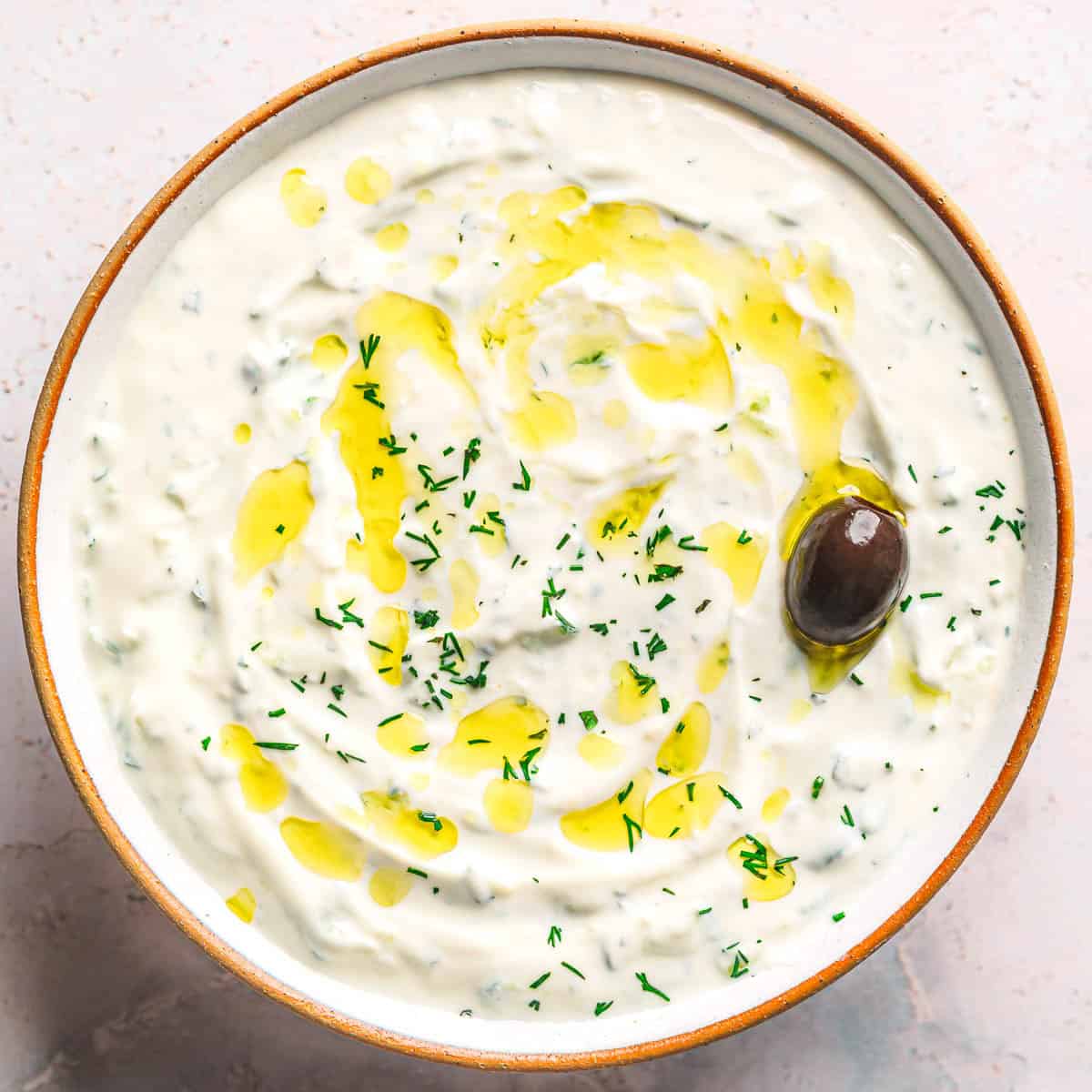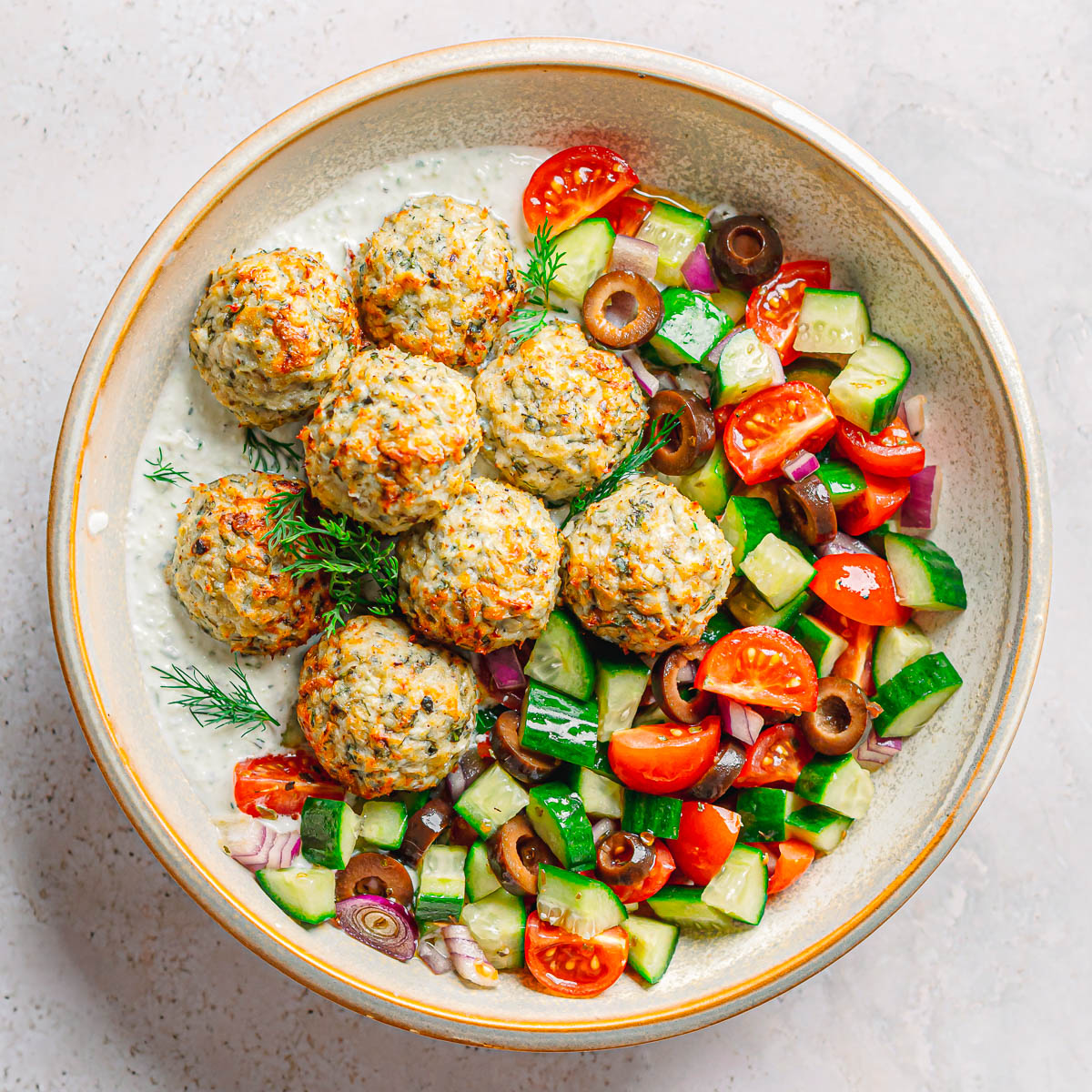This homemade Char Kway Teow is a restaurant-quality dish that is loaded with sweet and savory flavors. It's also one of the easiest Southeast Asian food recipes that you can make right at home.
Here's another tasty Malaysian street food recipe that I want to share with you. This Char Kway Teow is one of the most famous noodle dishes in the world.

What's Char Kway Teow
Char Kway Teow is a popular fried noodle dish from Southeast Asia, especially in Indonesia, Singapore, Brunei, and Malaysia.
It's a Malaysian Street Food favorite that consists of stir-fried flat rice noodles with prawn/shrimp, sausage, and bean sprouts.
Char Kway Teow has a delicious smoky flavor due to it being cooked over a high flame. In Penang, Char kway teow is commonly served on a piece of banana leaf on a plate.
This slightly sweet and charred taste makes this Malaysian fried noodles dish unique and one of the best Malaysian dishes in addition to Laksa.
I never get tired of this dish either, it has such a nice balance of diverse elements.

What Makes a Good Char Kway Teow
You know that you make a good Char Kway Teow when you can taste that charred and smoky flavor. Without it, your Char Kway Teow is more of just a regular fried noodles dish.
Street vendors or chefs use an extremely high flame when cooking Char Kway Teow. This cooking technique is also known as Wok Hei, meaning "Breath of the Wok".
What is Wok Hei
Wok Hei refers to the complex charred aroma and taste imparted by a hot wok on food from stir-frying over extreme heat, while retaining a textural crunch. It's a tricky technique that can take years to perfect.
How To Get Wok Hei at Home
So what does it mean for home cooks?
Wok Hei can be difficult to achieve without a commercial cooking range. Fortunately, it's possible for home cooks to achieve the delicious wok flavor from home with the right cooking technique.

So here what you can do in order to achieve Wok Hei:
- Use a large wok or skillet.
- Preheat the skillet so that it gradually reaches a very high temperature before adding oil.
- Use the right amount of oil, not too much and not too little.
- Make sure that all ingredients are dry.
- Do not overcrowd the pan. Work in multiple batches if needed.
- Do not over-stir the food. You need to sear the food for a few seconds then stir, then sear again then stir, until it starts to caramelize or start to get charred.
- If you have a gas torch, feel free to use it as an alternative.
Penang Stir Fried Flat Rice Noodles Ingredients and Variations
This Char Kway Teoy recipe is made of wide flat rice noodles, prawns/shrimps, Chinese sausage, Chinese chives, garlic, eggs, fish cakes or fish balls, bean sprouts, soy sauce, sweet soy sauce, and fish sauce.
Wide Rice Noodles: Use fresh instead of dried.
You can find fresh wide rice noodles at Chinese or Vietnamese or Thai markets, about $2.99 per 32-oz bag.
Chinese Chives: They have a strong "garlicky" flavor, a perfect ingredient for stir fry. You can find Chinese chives at Asian markets.
The best substitute for Chinese Chives: scallions or green onions.

Chinese Sausage: Also known as Lap Cheong. This dry-cured sweet and salty sausage is usually made from pork and pork fat. It's so addictive.
You can find Chinese sausage at most Asian markets ( around $4.99 per 12 oz bag) or Costco (around $9.89 for 2-pack 21 oz each). It's located in the Asian aisle, not in the refrigerator.
If you can't find Lap Cheong, you can skip it. If you have some leftover, make this Chinese Sausage fried rice recipe.

Fish Cakes: You can find frozen or fresh fish cakes or fish balls at any Asian grocer, around $3.99 per pound.
If you can't find fish balls, feel free to skip.
Sweet Soy Sauce: Also known as Kecap Manis, originating in Indonesia. It has a dark color with a syrup consistency and a molasses flavor. It's sweetened with palm sugar. It's a must-have ingredient for Nasi Goreng.
You can purchase Kecap Manis at any Asian grocer or Ralph's/Kroger for around $3.99 per big bottle.
The best substitute for Sweet Soy Sauce in this recipe is Oyster sauce.
How to Cook Char Kway Teow
Step 1. Prepare the Noodles
Do not boil or soak the noodles in hot water. The best way to reheat the noodles is to warm them up in the microwave then separate the noodles little by little using your hands before cooking.

Step 2. Prepare the Sauce
In a medium bowl, add soy sauce, dark soy sauce, sweet soy sauce (or Kecap Manis), and fish sauce. Stir to combine and set aside.

Step 3. Cook the Chinese Sausage
- Remove casing from Chinese sausage.
- Heat ½ tablespoon oil in a large wok or skillet at low heat. When it's hot, add the sausage and stir for about 2 minutes. Remove the sausage from the work and set it aside.
Step 4. Stir Fry the Remaining Ingredients
- In the same wok, add 1 tablespoon of oil. Heat over high heat until just smoking. Add prawns and cook for 50 seconds. Add garlic and stir for 10 seconds.
- Add bean sprouts, stir for 30 seconds.
- Add wide rice noodles. Toss and flip the mixture gently so you don't break the noodles apart for 25 seconds.
- Add sauce, toss the mixture for 1 minute.
- Add fish cakes then mix for 10 seconds.
- Push the mixture to the side. Add 1 tablespoon of oil and beaten eggs. Leave it undisturbed for about 10 seconds.
- Flip the noodles mixture to cover the eggs. Leave it undisturbed for 45 seconds.
- Carefully toss the noodles mixture for 10 seconds, then let it cook undisturbed for 15-20 seconds. Repeat this process until the noodles reach the desired charredness for about 2-4 minutes. Gently scrape up the burnt bits from the bottom of the pan to prevent burning.
- Add chives and Chinese sausage into the wok. Cook for 50 seconds.

FAQ and Cooking Tips:
Char Kway Teow tastes like Pad See Ew but with a charred and smoky taste and less sweet. It's also very similar to Chow Fun.
Yes, you can still make a delicious and authentic stir fry without using a wok. The most important key to stir-frying is to use high heat. You can also follow the "How to Get Wok Hei at Home" tips as I mentioned above.
You can use the oyster sauce with a small amount of hoisin sauce or sugar or make your own by simmering regular soy sauce with palm sugar/brown sugar (1:1¼ ratio).
First, let the leftover Char Kway Teoy cool down before transferring it to an airtight container.
Properly stored, it will last 3-5 days in the refrigerator or up to 3 months in the freezer. Please keep in mind that most noodles will get mushy when you take them out of the freezer.
Check Out More Asian Recipes
- Laksa Soup
- Soto Ayam
- Egg Drop Soup with Crab Meat
- Sweet and Sour Fish
- Homemade Crab Rangoon
- Instant Pot Fried Rice
- Chicken in Black Bean Sauce
- Chinese Eggplant with Minced Pork
- Spicy Sichuan Noodles
- Chinese Sausage Fried Rice
- Hunan Beef Cumin
- Shrimp and Green Peas Stir Fry
- Minced Pork Noodles Soup
📖 Recipe
Char Kway Teow
Ingredients
- 1 pound wide rice noodles
- 12 prawns, (peeled, deveined)
- 1½ tablespoon minced garlic
- 2 Chinese sausage, (casing removed, sliced)
- 2½ cups bean sprouts
- 4 fish cakes or fish balls
- 2 large eggs, (lightly beaten)
- 10 Chinese chives, (cut into 5-cm lengths)
- 3 tablespoon canola or vegetable or peanut oil, (divided)
Stir Fry Sauce:
- 3½ tablespoon light soy sauce
- 1 tablespoon dark soy sauce
- 1½ tbsp + ½ tsp sweet soy sauce or Kecap Manis
- ½ teaspoon fish sauce
Instructions
- Preparation: Warm up the noodles in the microwave for 1 minute then separate the noodles little by little using your hands. Set aside.In a medium bowl, combine all of the stir fry sauce ingredients. Set aside.
- Heat ½ tablespoon oil in a large wok at low heat. Add the sausage, cook, for about 2 minutes or until the fat is released. Stir often so the sausage doesn't burn. Transfer the sausage to a plate and leave the grease in the wok.
- In the same wok, add 1 tablespoon of oil. Heat over high heat until just smoking. Add prawns and cook for 50 seconds. Add garlic and stir for 10 seconds.
- Add bean sprouts, stir for 30 seconds. Add wide rice noodles. Gently toss for 25 seconds.
- Add stir fry sauce, toss, for 1 minute. Add fish cakes then mix for 10 seconds.
- Push the mixture to the side. Add 1 tablespoon of oil and beaten eggs. Leave it undisturbed for about 10 seconds.
- Flip the noodles mixture over the eggs. Leave it undisturbed for 45 seconds.
- Carefully toss the noodles mixture for 10 seconds, then let it cook undisturbed for 15-20 seconds. Repeat this process until the noodles reach the desired charredness for about 2-4 minutes. Gently scrape up the burnt bits from the bottom of the pan to prevent burning.
- Add chives and Chinese sausage into the wok. Cook for 50 seconds.
- Remove from the heat. Serve and enjoy.



















Kay says
This Chinese noodle dish looks so good, I just watched the video and looks simple enough for me to try at home. I will be going to the Asian supermarket next week to get everything I need. Are the noodles I need to buy precooked or do I precook them?
Rika says
Hi Kay,
It's precooked but you need to reheat it before stir frying.
Thanks,
Rika
Claudia Lamascolo says
I am really excited to try this from Indonesia I love all the ingredients thanks so much!
Rika says
You're welcome, Claudia!
Julia says
I love stir-fries and this recipe just looks amazing!
Rika says
Thanks, Julia!
Jen says
Followed your advice about not crowding the Pan. Dish turned out perfectly. Loved it!
Rika says
I am glad that you liked it, Jen!
Kathryn says
Thank you for the recipe!
Rika says
You're welcome!
melissa chapman says
I l.ove to stir fry vegetables and chicken for my son. These noodles look good so i will have to find them and add them to my recipes
Tara Pittman says
This dish sounds delicious. I will have to make this one for my family.
Rika says
It sounds like a great plan, Tara. I think you and your family will love this.
Amber Myers says
I had never heard of this before. It sounds scrumptious. I need to try this out for sure.
Rika says
Let me know how it goes, Amber!
Lisa says
Oh yess! I am always looking for different meals to cook!
Rika says
I love trying new meals too, Lisa!
Lavanda Michelle says
I love noodle dishes. This looks delicious I can't wait to try it.
Rika says
Let me know what you think about it, Lavanda.